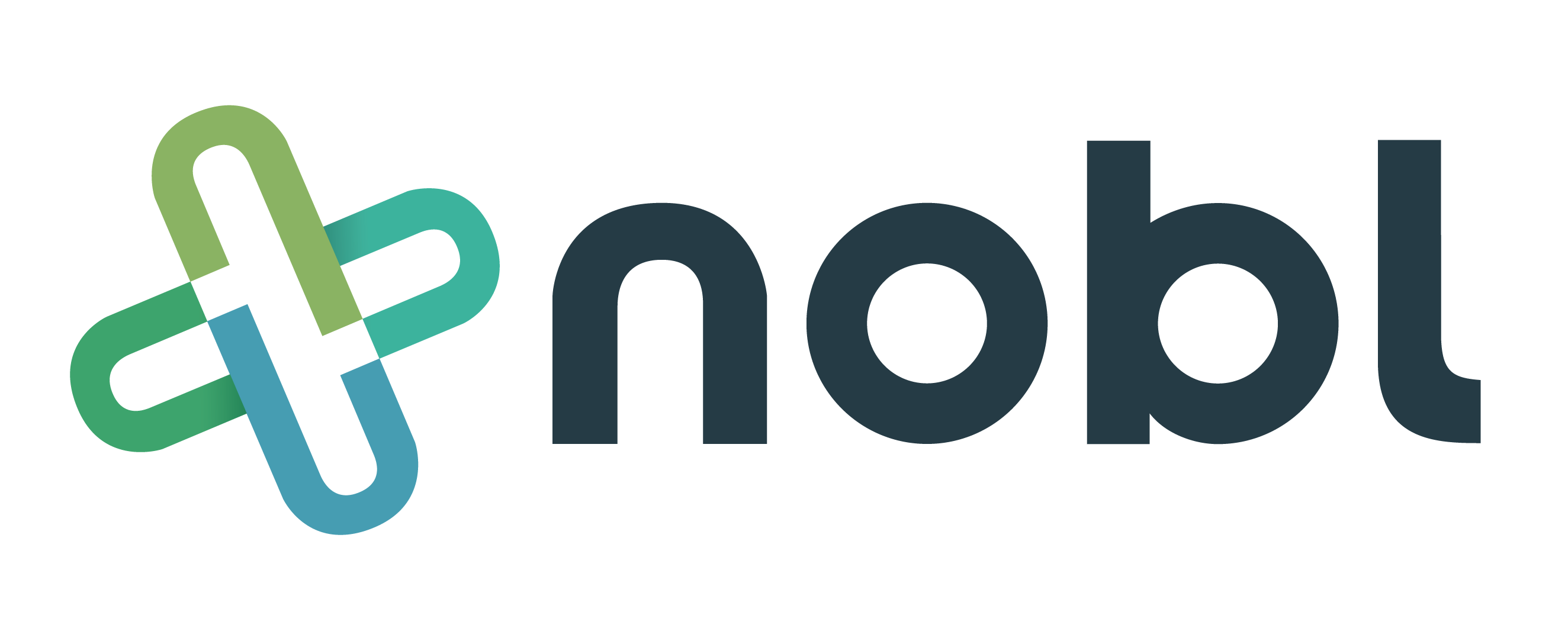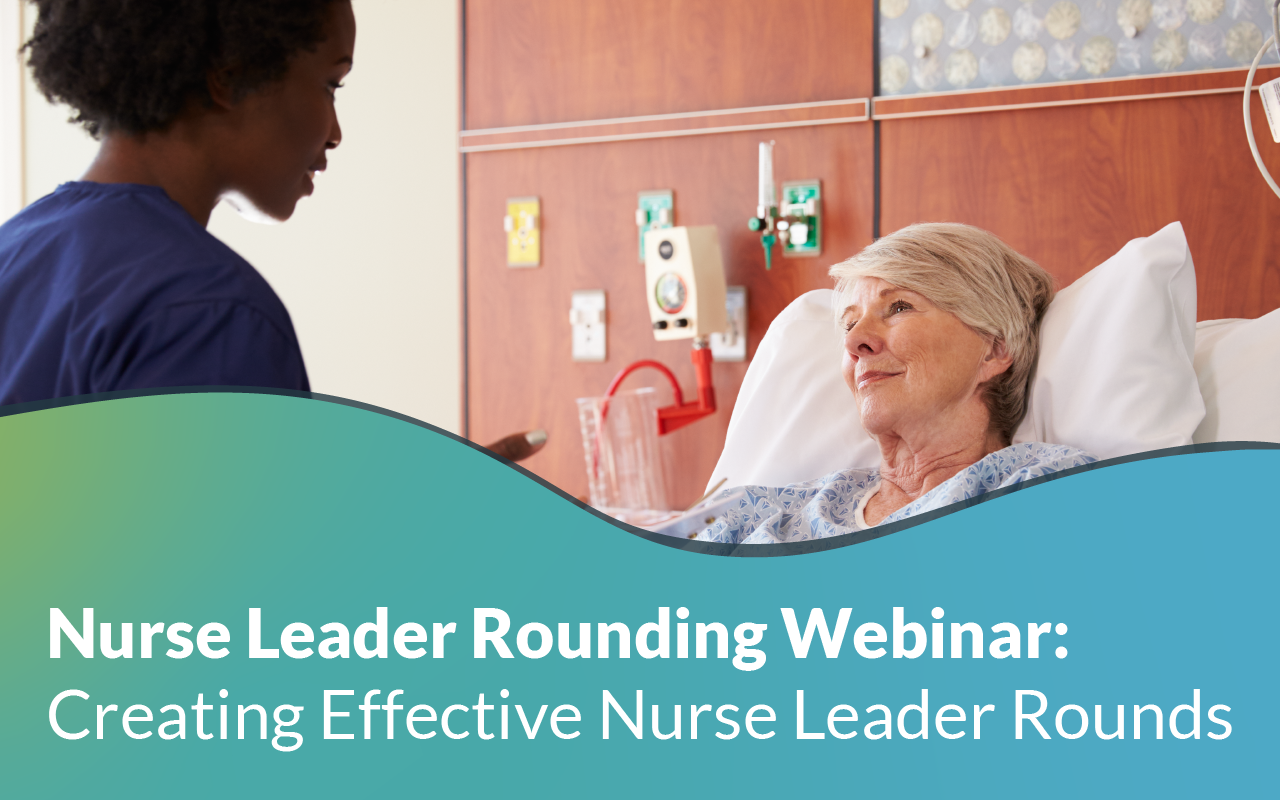
4 min read
The Importance of Patient Experience for Margin and Market Share
Nobl Health Mar 15, 2021 12:42:00 AM
If you’ve worked in healthcare for any length of time you’ve probably heard the saying “no margin, no mission.” As a nursing leader, I had to learn terms like EBIDA, productive versus non-productive hours, fixed assets, expense variances, and the intricacies of tax accountability for regular payroll versus bonus hours. Advancing up the leadership ladder took me further away from my undergraduate and graduate nursing degrees and into the world of business administration and finance. Today’s nursing leaders are educated about these elements early in their careers, and every day we see more and more nurses, with graduate and terminal degrees, ascending to the highest levels of healthcare executive leadership and board positions.
How do we achieve the margin, so we can deliver on our mission? It’s a balance of revenues versus expenses. Over the last couple of years, I have had the opportunity to work with some of the nation’s best hospitals and have watched organizations with efficient expense management and a healthy bottom line, be suddenly impacted by a change in patient generated revenues. This was occurring in some regions even before the COVID-19 pandemic when national shortages of PPE required cancellation of elective procedures and non-urgent healthcare visits. Besides something like the pandemic, one of the largest determinants of patient revenue is market share.
Market share, or the percentage of customers within the service area that are choosing a facility for care, can be impacted by several external factors including a change in market competition. For instance, a shiny new hospital opened down the street, relocation or retirement of a talented and respected specialty surgeon, shifts in insurance eligibility or even new housing construction in the area. These uncontrollable factors are always on executive radar screens. More recently hospitals and health systems have focused efforts on more controllable factors and reasons why a patient or family may or may not choose the facility. One of the strongest internal influences on market share is the experience and perception of the service they received as a consumer. Those perceptions of care and service provided at the front line are traditionally measured by patient satisfaction surveys. Those experiences are directly tied to a hospital’s reputation in the market and brand loyalty. In fact, in a survey done by NRC Health in 2012, 87% of the 270,000 consumers surveyed indicated that reputation is very important when selecting a hospital1. Besides market share, service as an element of value-based purchasing and HCHAPS also impacts the financial margin.
Service and patient experience are more than just a good idea – they’re a necessity. Every leadership team in healthcare pays close attention to two metrics – overall satisfaction with care and likelihood to recommend. These survey questions are statistically driven by several other key performance indicators, but which indicators will vary by facility, division (inpatient or ambulatory), service (cardiology compared to oncology) or unit (the Birth Center or the ED). We know that patient satisfaction survey results are lagging quality measures. First, because surveys are typically completed weeks after discharge; and secondly, because the only opportunity to impact the scores requires a conscious effort to determine patient and family impressions in real-time prior to their discharge. The most effective way to learn what the patient is currently experiencing is through rounding. All levels of rounding.
At Nobl, we have appreciated the role of rounding to improve patient satisfaction and quality since the inception of the Nobl Rounding Platform. The desire to create leading measurement through real-time data collection and reporting started at Nobl with hourly rounding to prevent patient falls and reduce call light volume and responsiveness scores.
“In order to leverage a patient engagement software or digital rounding platform and use it as a leading measurement for patient experience or brand loyalty you have to have solid process standardization and compliance with rounding”, shared Chief Marketing Officer and Co-founder Katie Haifley, CPXP.
Compliance is intricately linked to expectations and the ‘why’ of rounding in each area. Setting compliance goals that are realistic for the setting and population, and then holding rounders accountable to at least 65% - 85% of that compliance is how to improve patient satisfaction scores with a digital platform. Being able to easily change rounding focus areas/questions as data improves and to elevate goals makes the process fluid and dynamic. Making rounding more meaningful.
A great example of this comes from a partner that I had the opportunity to collaborate with on a dilemma they were having. Using clinical rounding maps created a culture of team-based hourly rounding and improvements were seen in most areas, but that wasn’t working in the NICU. Compliance with hourly rounding goals was very low for this unit. Nurses shared that being assigned to 2-3 neonates, with intensive care and feeding needs, made getting back to each baby ‘within an hour’ very difficult.

By rounding on parents and on the nurses, nursing leaders were able to gather information and trends to come to the conclusion that a process change was needed for hourly rounding. The unit leader, using this feedback made the decision to reset the goal of rounding to every two hours in this area. Without the metrics on rounding compliance, parent concern comments, and employee suggestions and ratings this situation might have improved, but not as quickly. This story is an example of just one of the ways to improve patient satisfaction when it is driven by real-time data.
At Nobl, our work isn’t finished when the software agreement is signed, we guide all our clients to clearly identify why they are rounding and give them the tools to also know how to increase patient satisfaction by knowing their needs and applying data-based best practices.
Let me connect this back to mission and market share. The NICU nurses felt appreciated and respected because their needs and opinions were considered. This had an impact on their intent to continue working in the NICU and to add to their skill and experience to safely care for these fragile patients. These happy nurses encouraged the students who rotated through the area to consider this clinical specialty. At the same time, the parents felt included in the care model and developed greater trust in whole team. Thus, they were much more likely to recommend to their friends and family about the caring and compassion at the hospital. Their comments influenced the healthcare decisions of others to choose this facility – increasing market share, brand reputation and loyalty. Safe, quality care in an environment of open communication and trust reduces errors, decreases length of stay and that improves the margin.
Written by Teresa L Anderson, EdD, MSN, NE-BC, Nobl Chief Nursing Officer
1 NRC Health; http://nrchealth.com/wp-content/uploads/2017/10/Experience-and-Reputation-Research-Brief.pdf
New Free eBook
Best Practices for Sharing and Reviewing Data from the Nobl Rounding Platform
Beryl Institute Case study
Improved First Impressions at Your Front Door - Patient Ambassador Rounders Enhance the Patient Experience of a Busy Emergency Department
Recent Posts

Staffing Issues Shouldn’t Derail Patient Rounds



